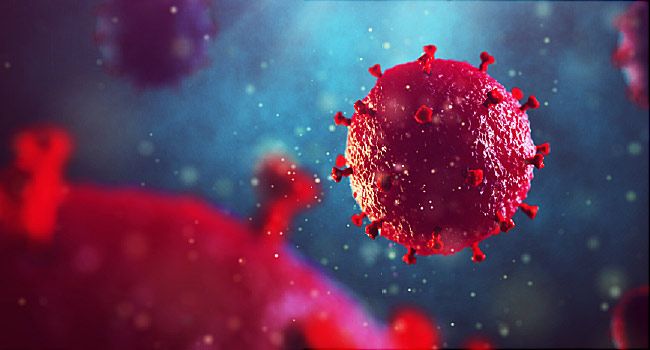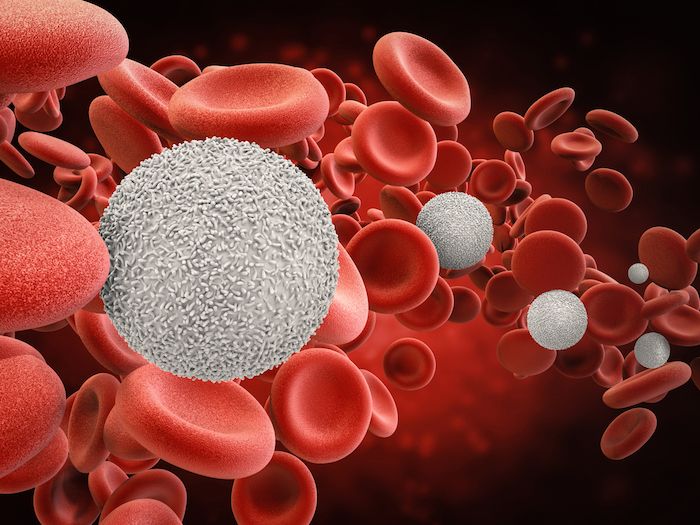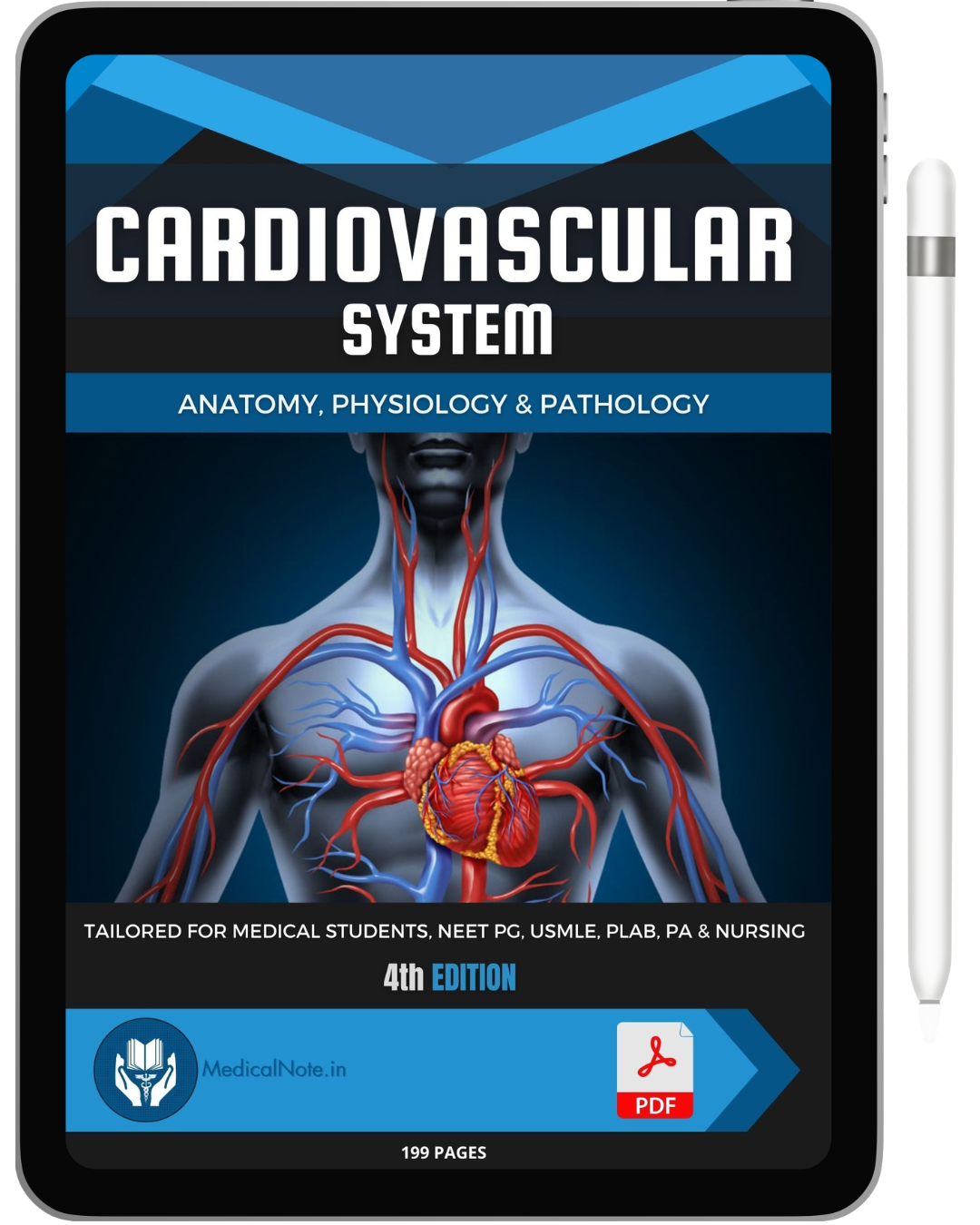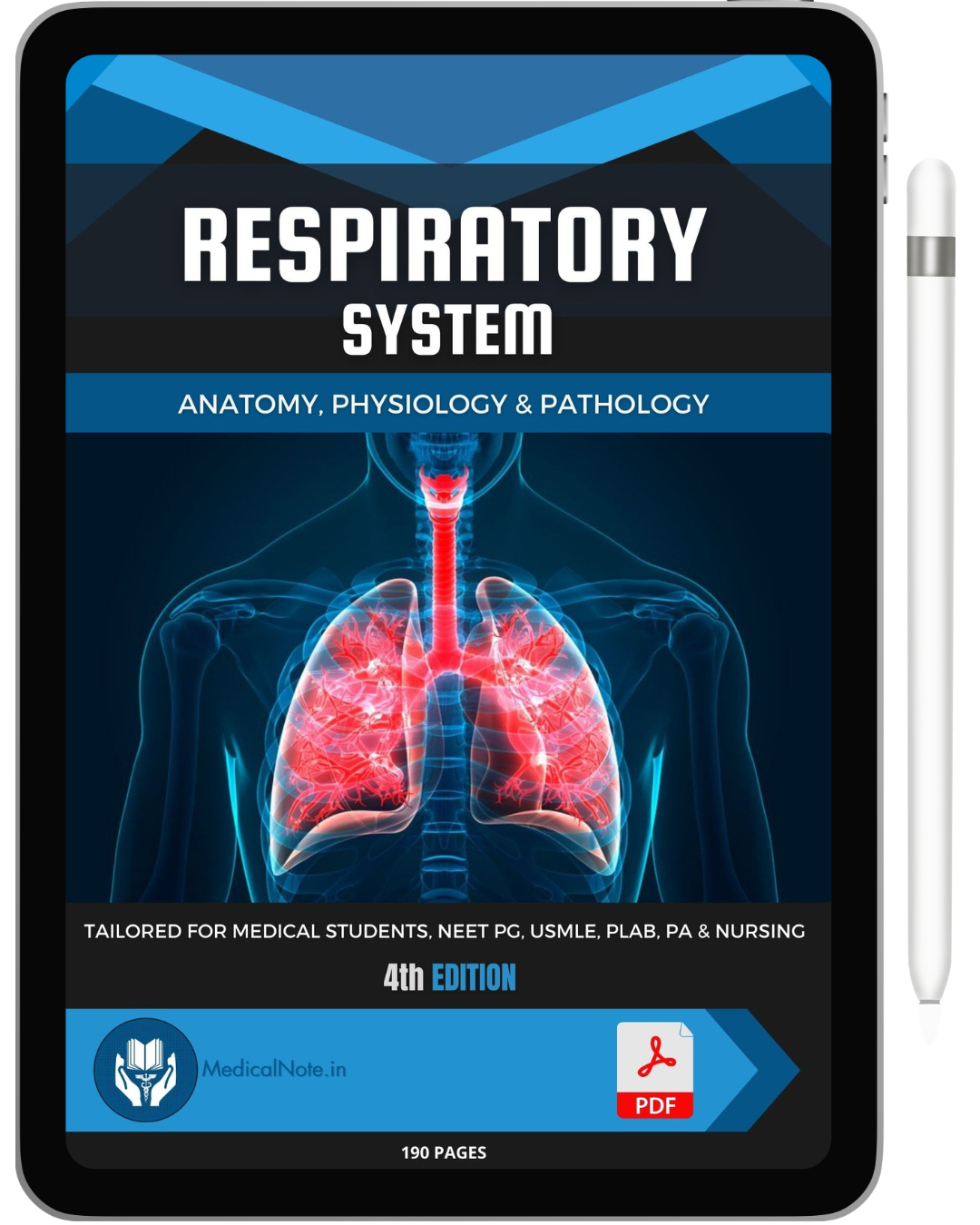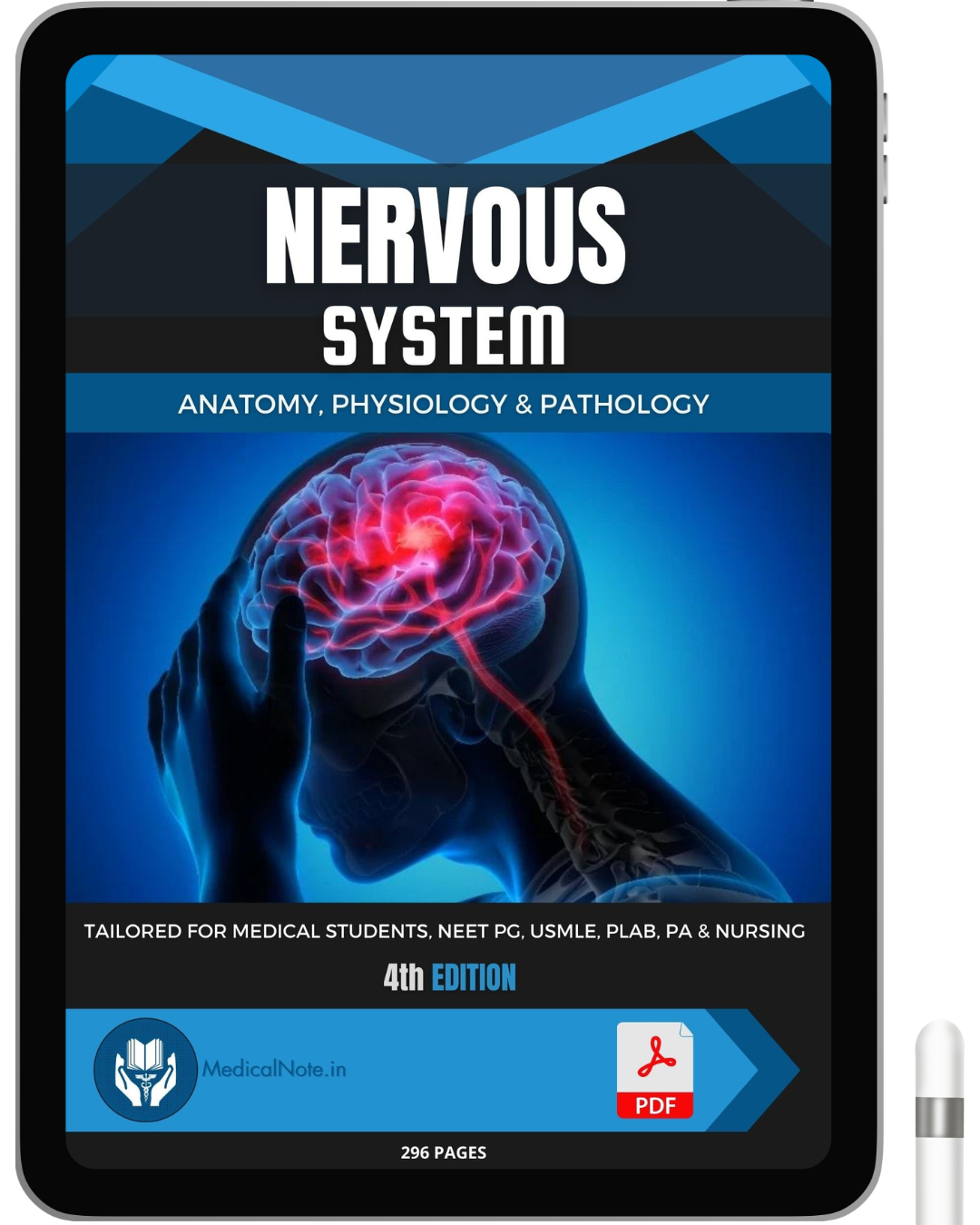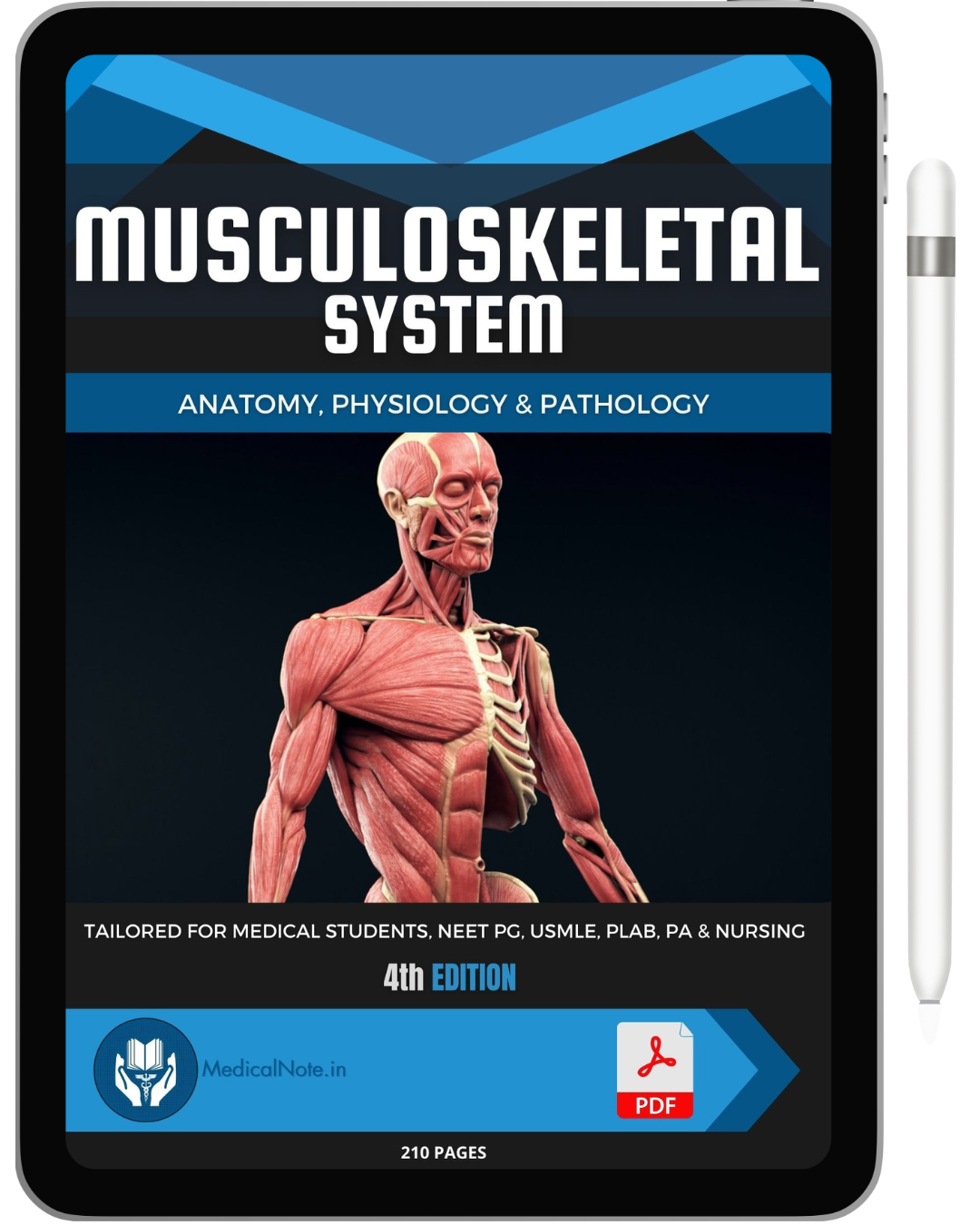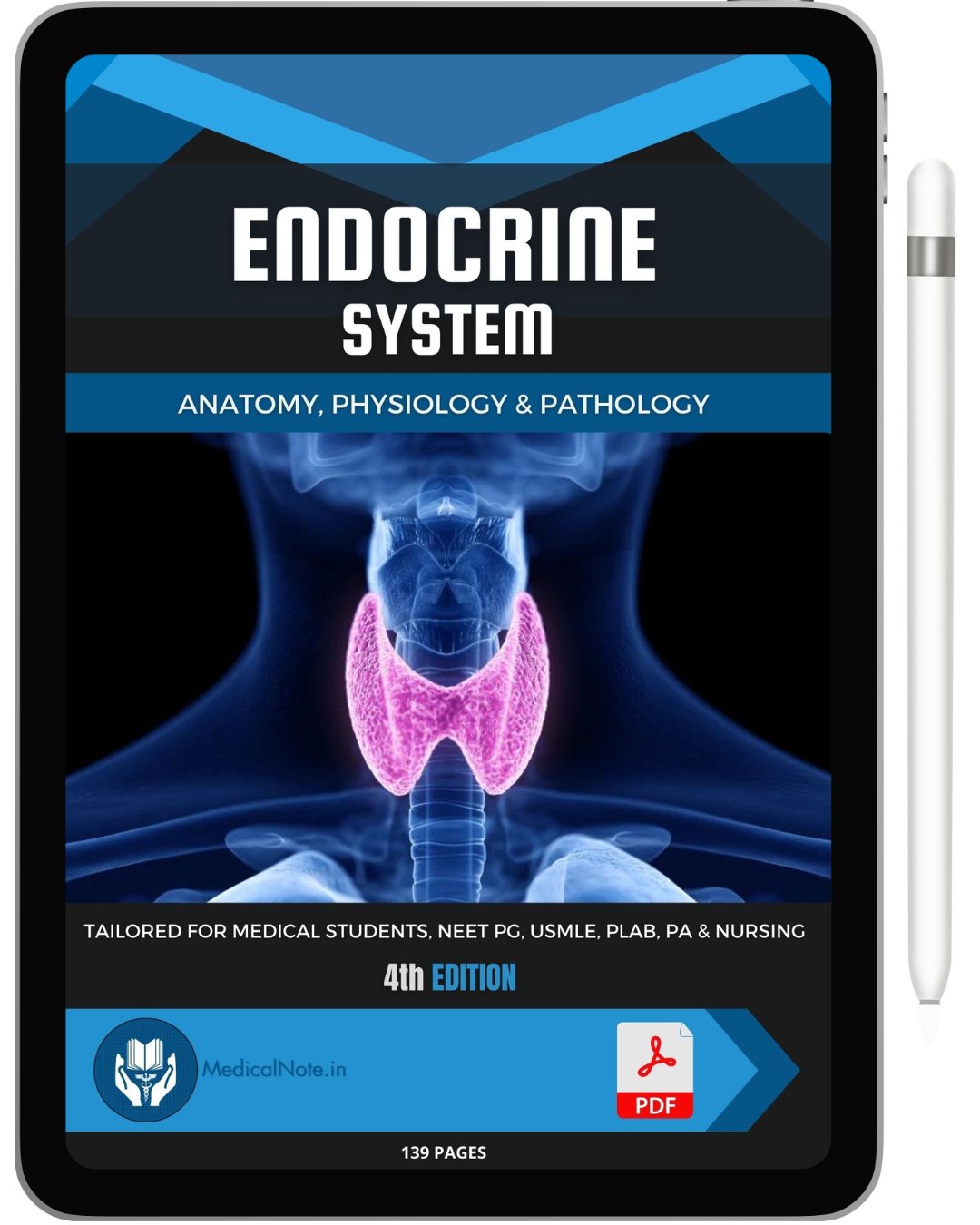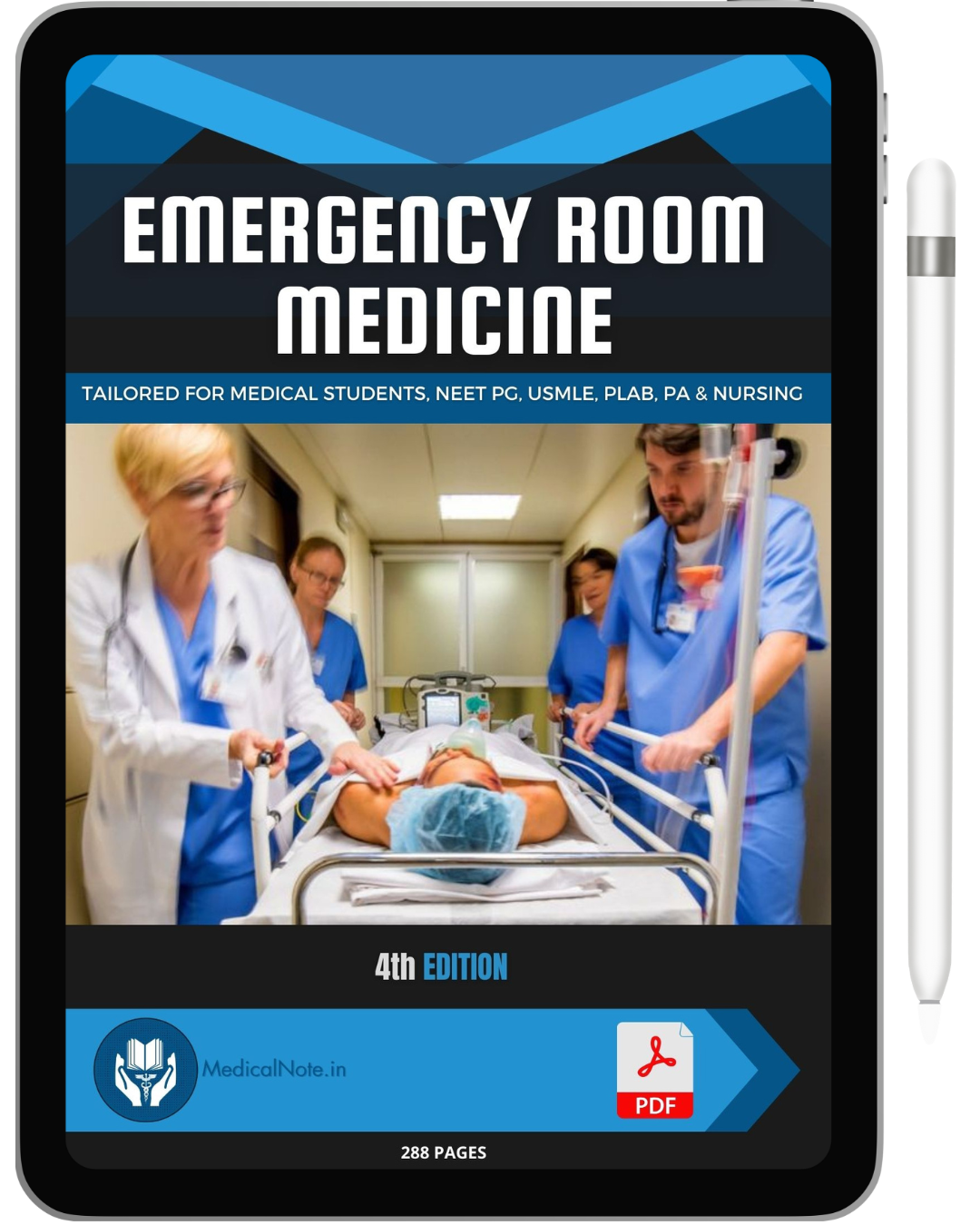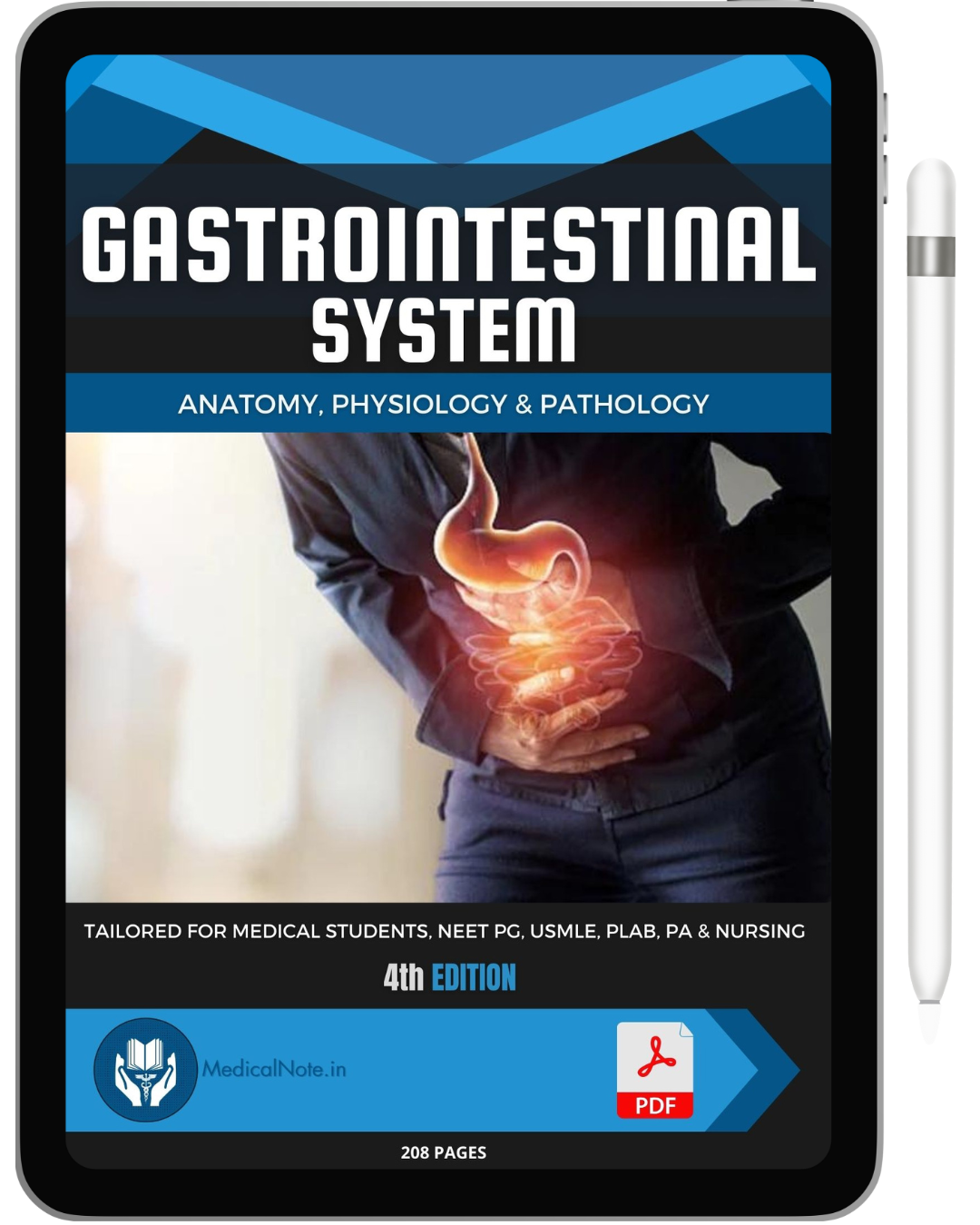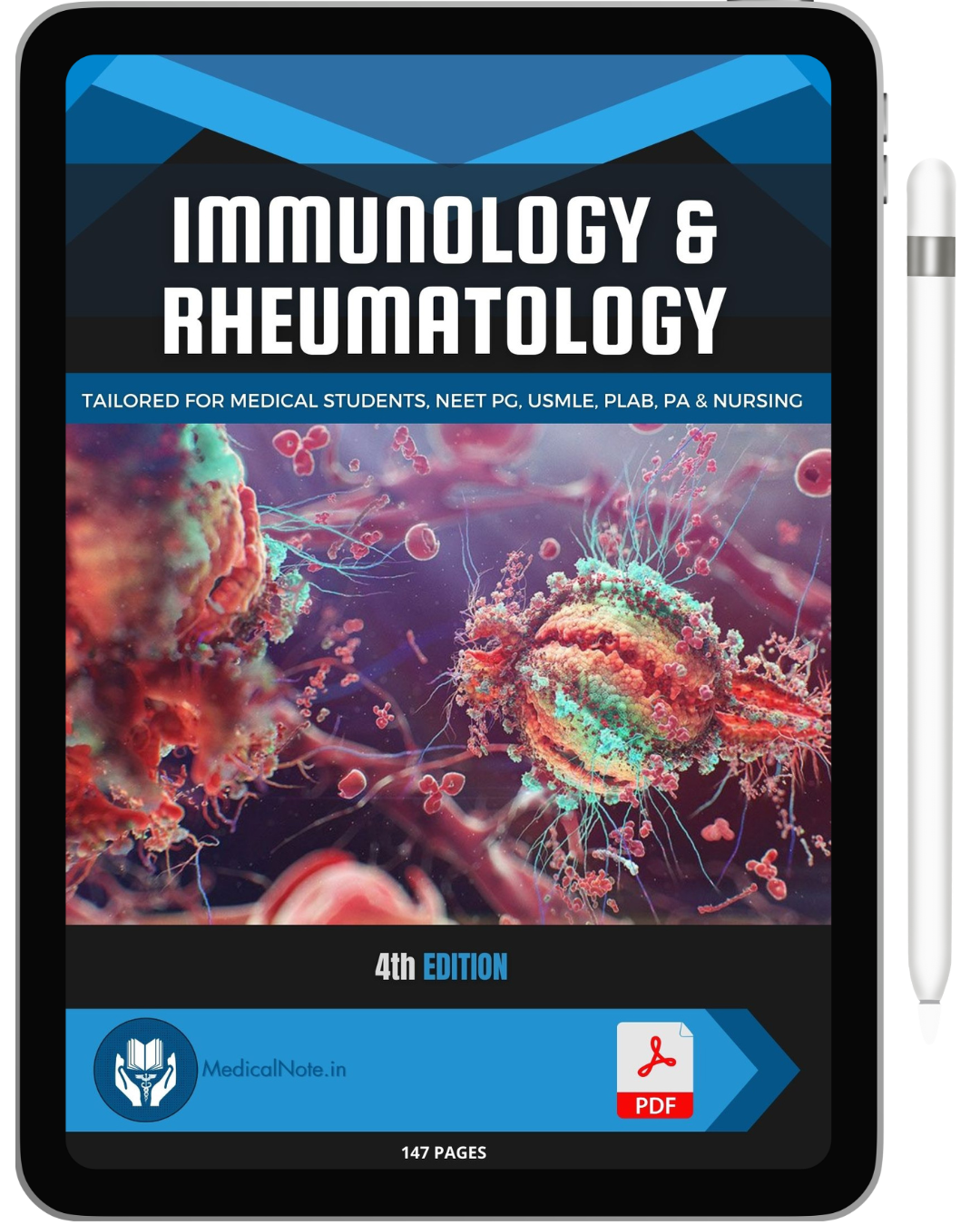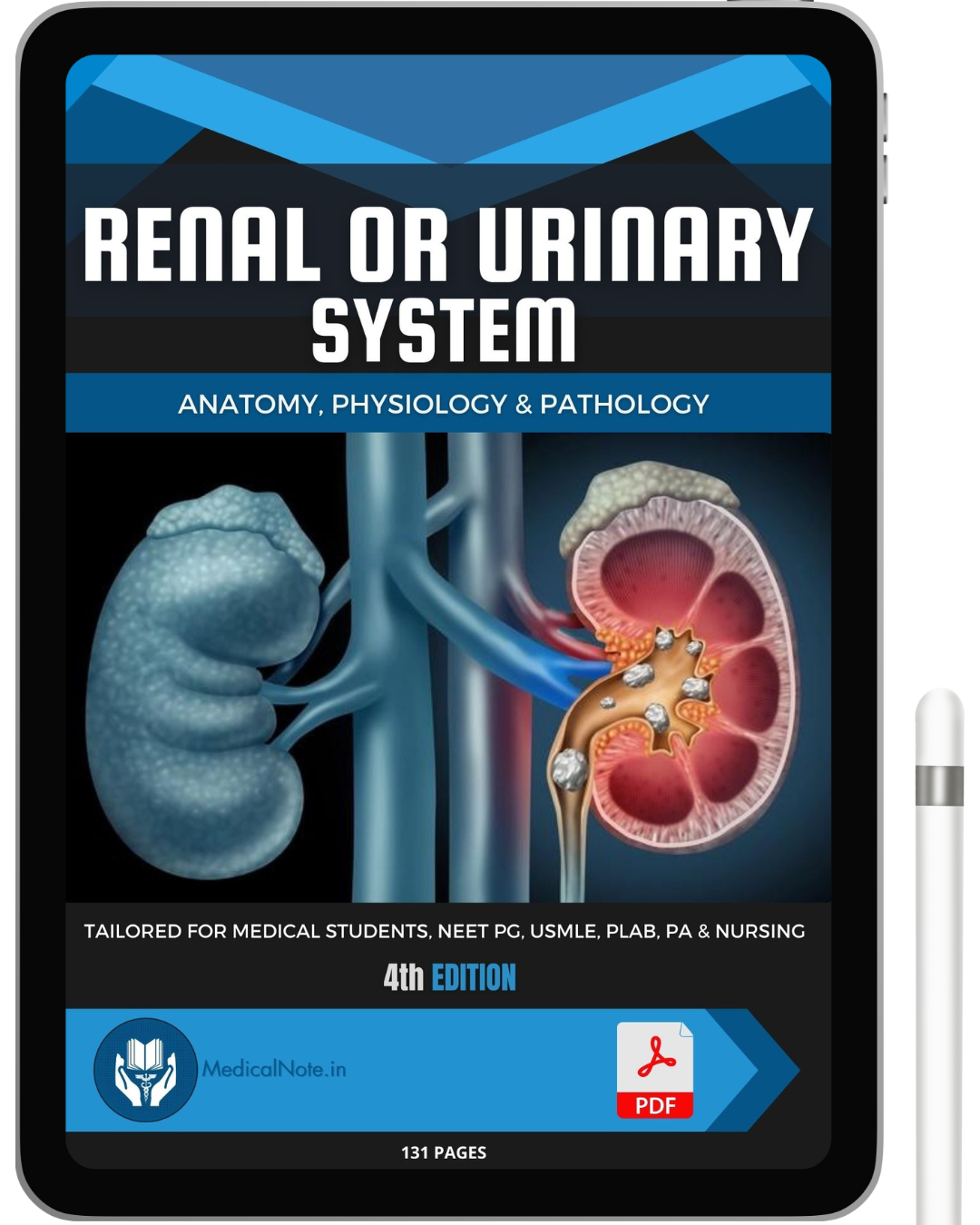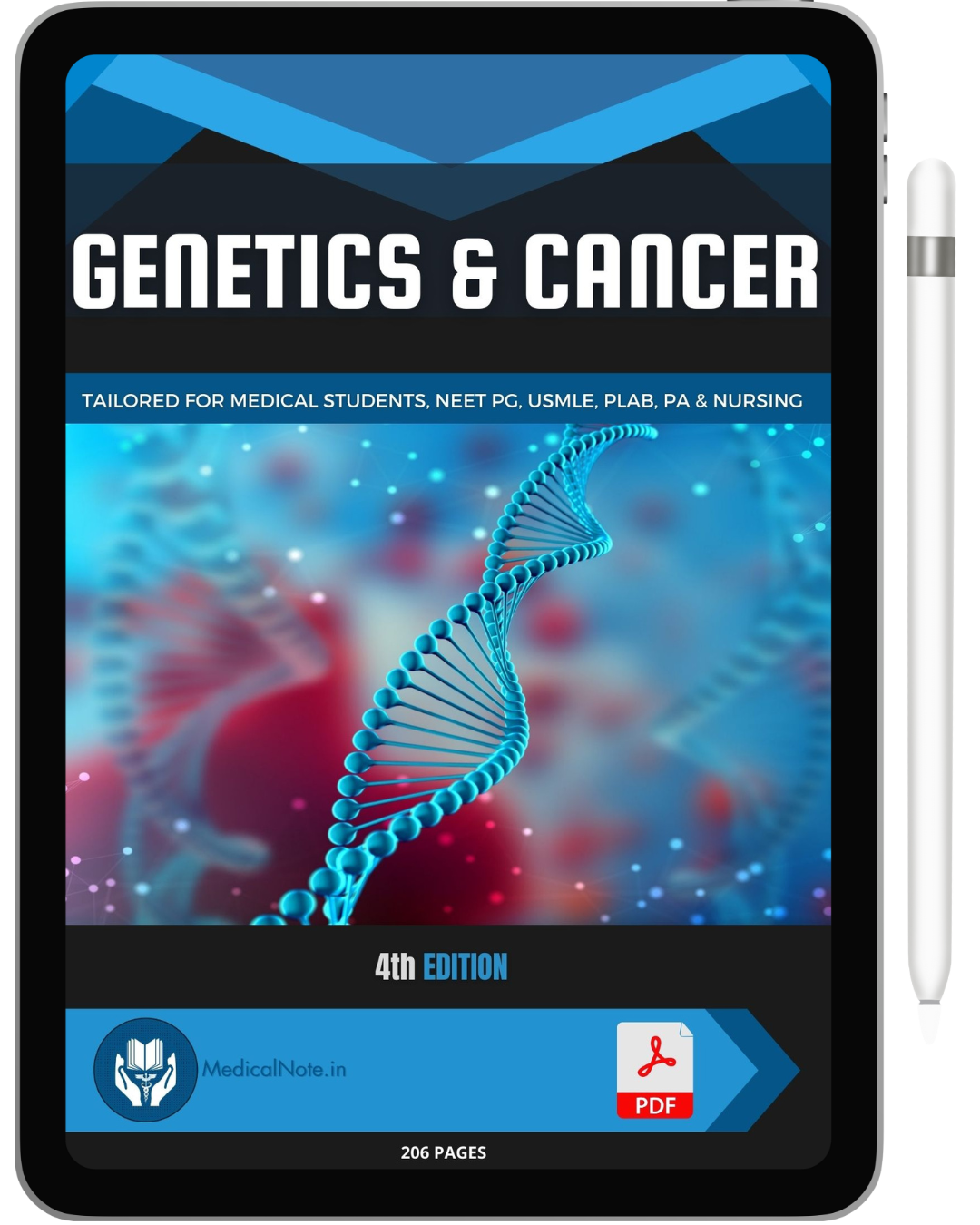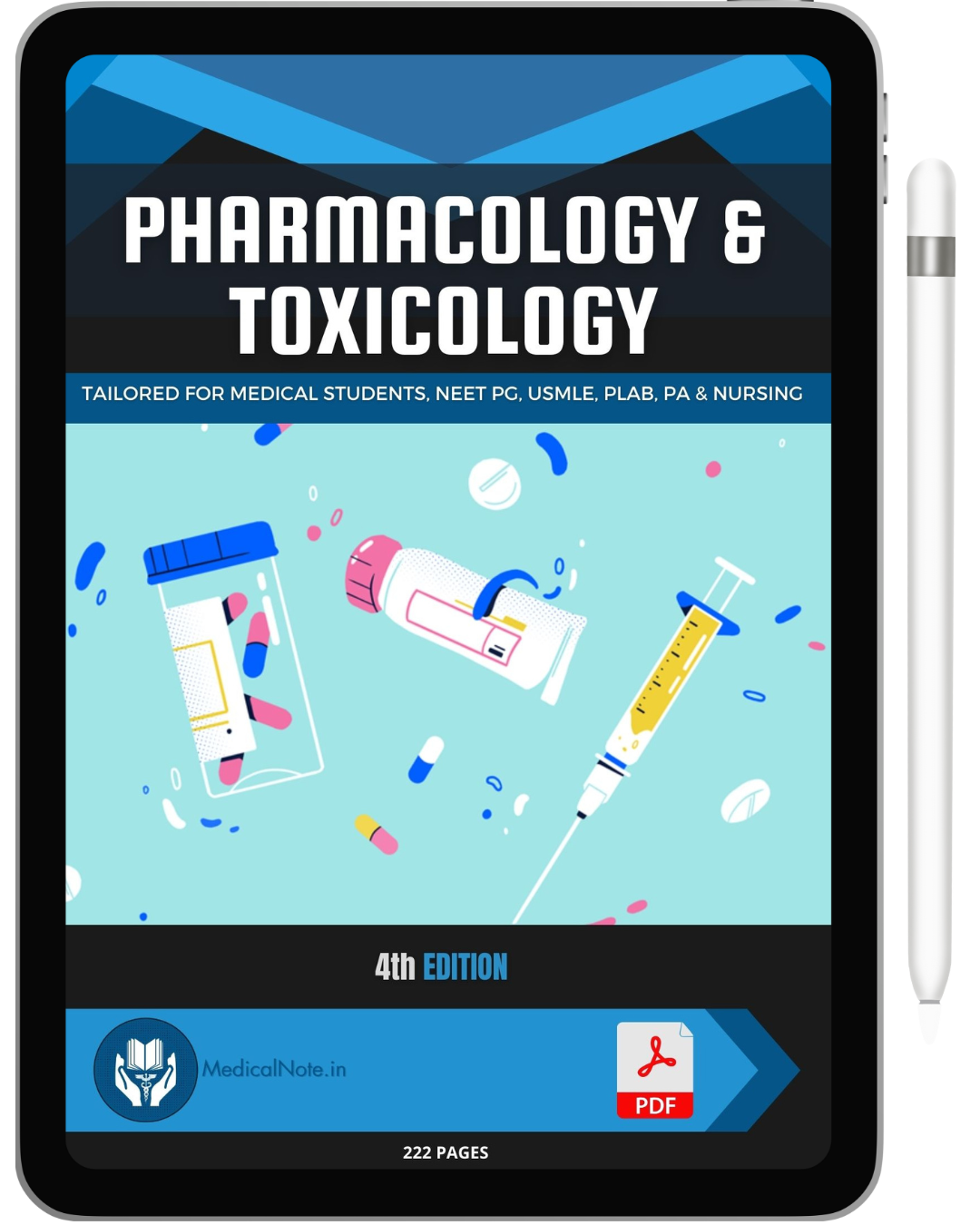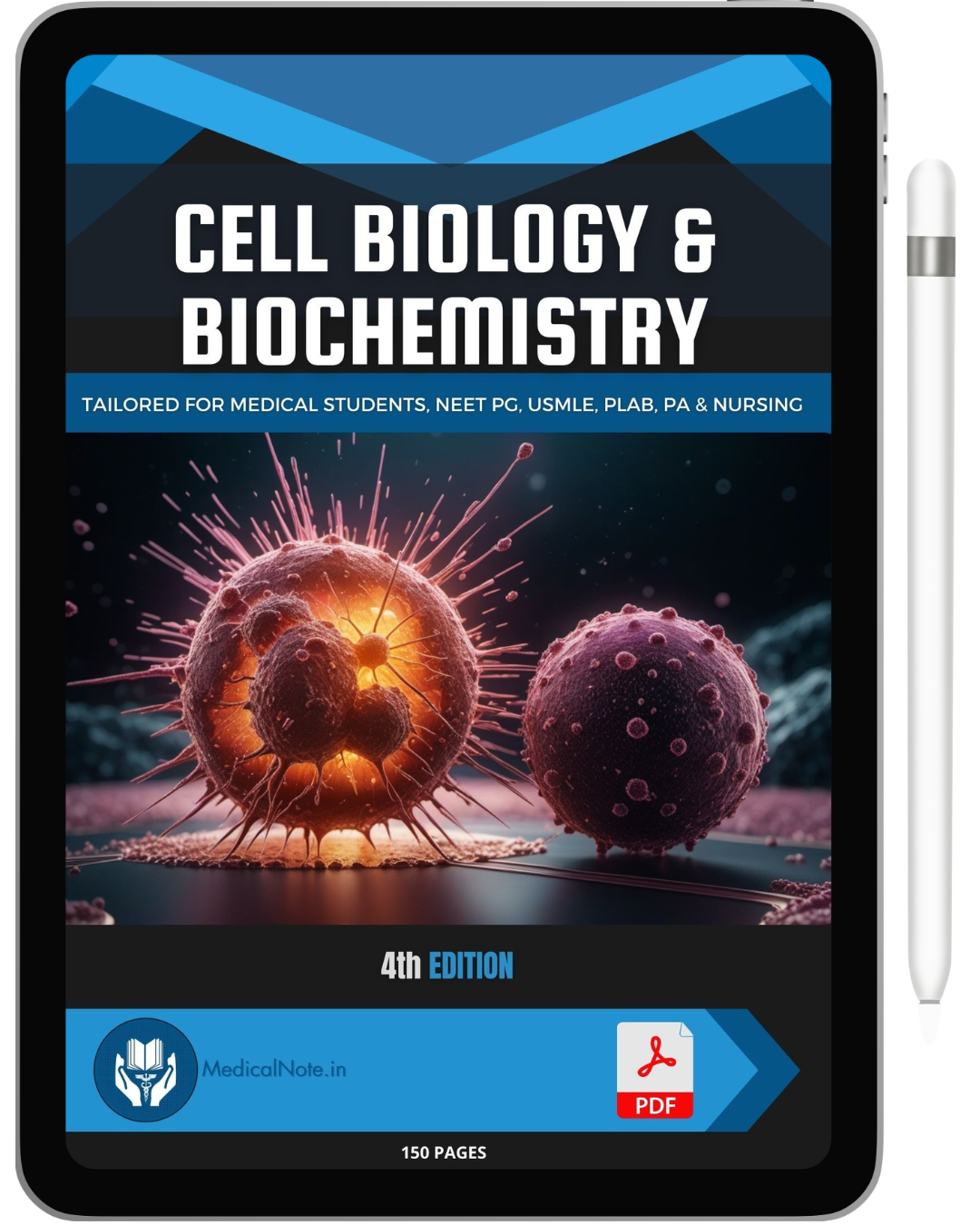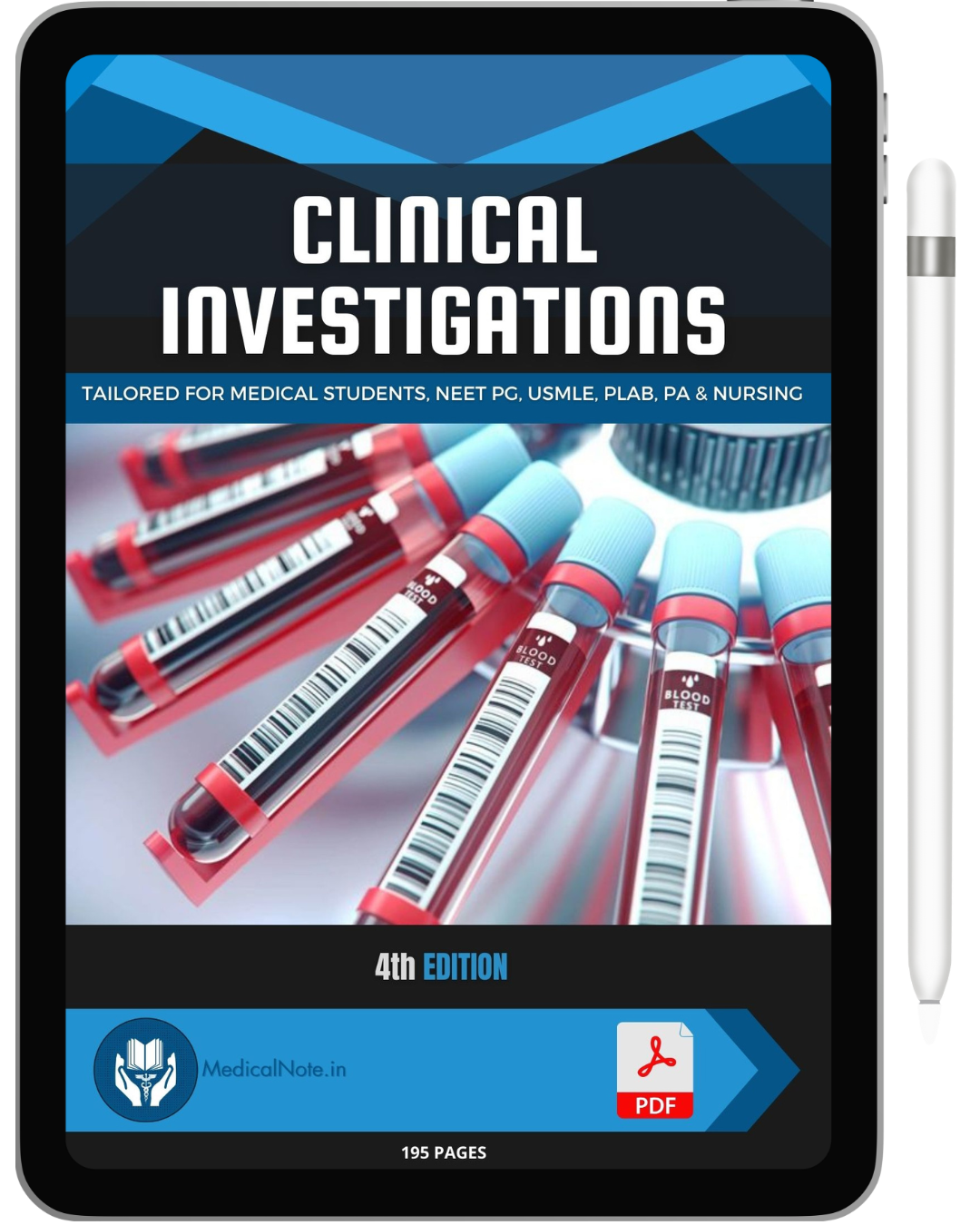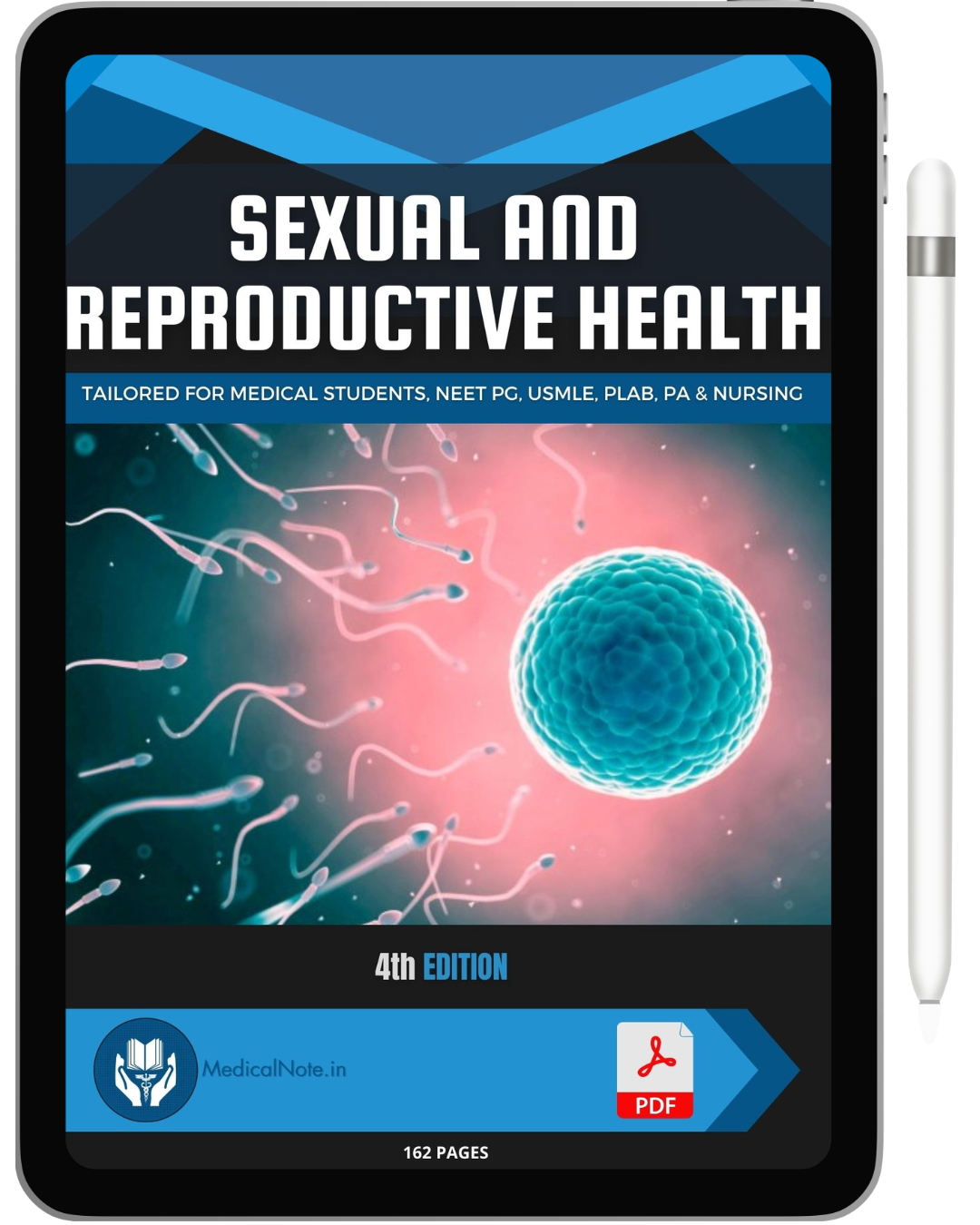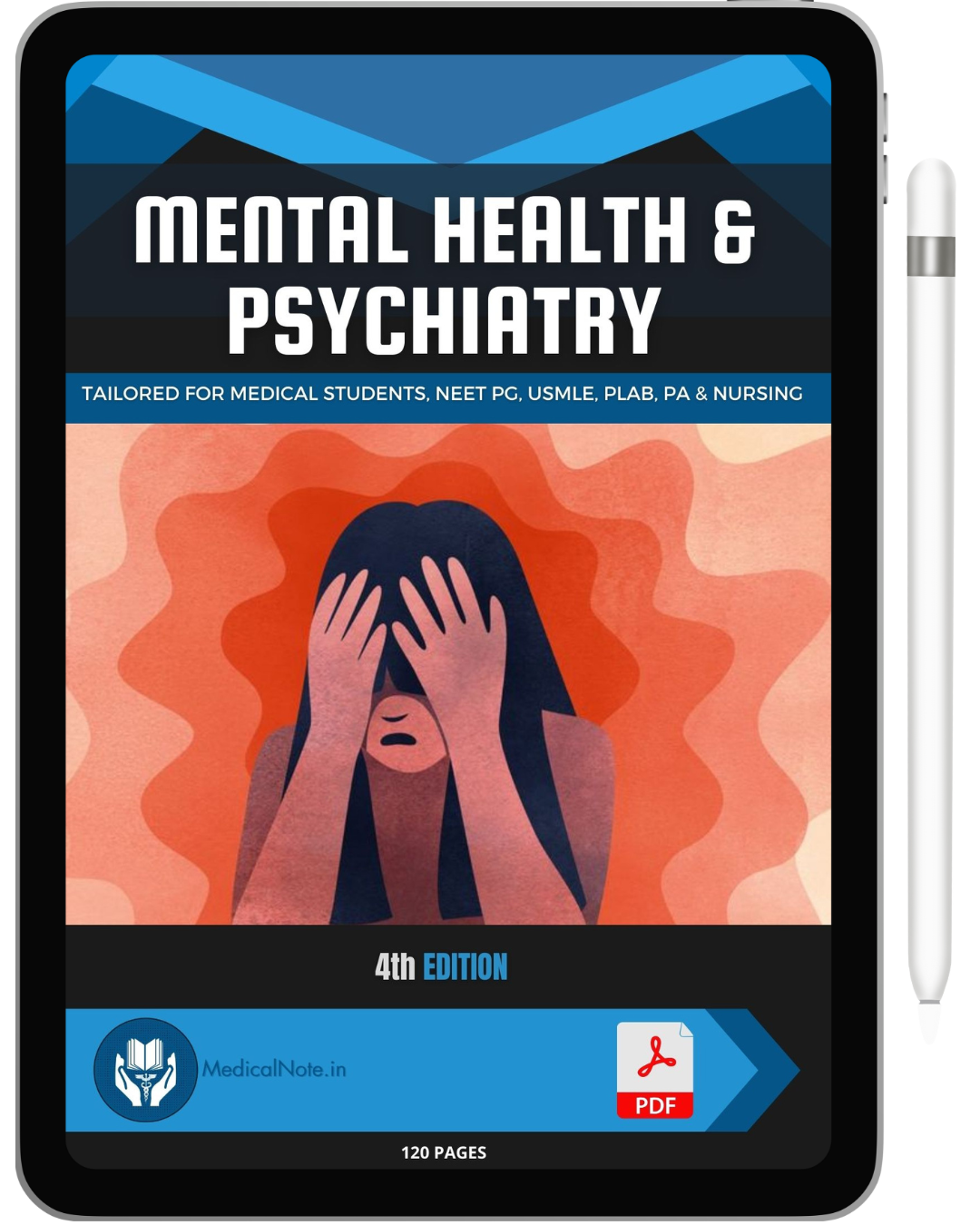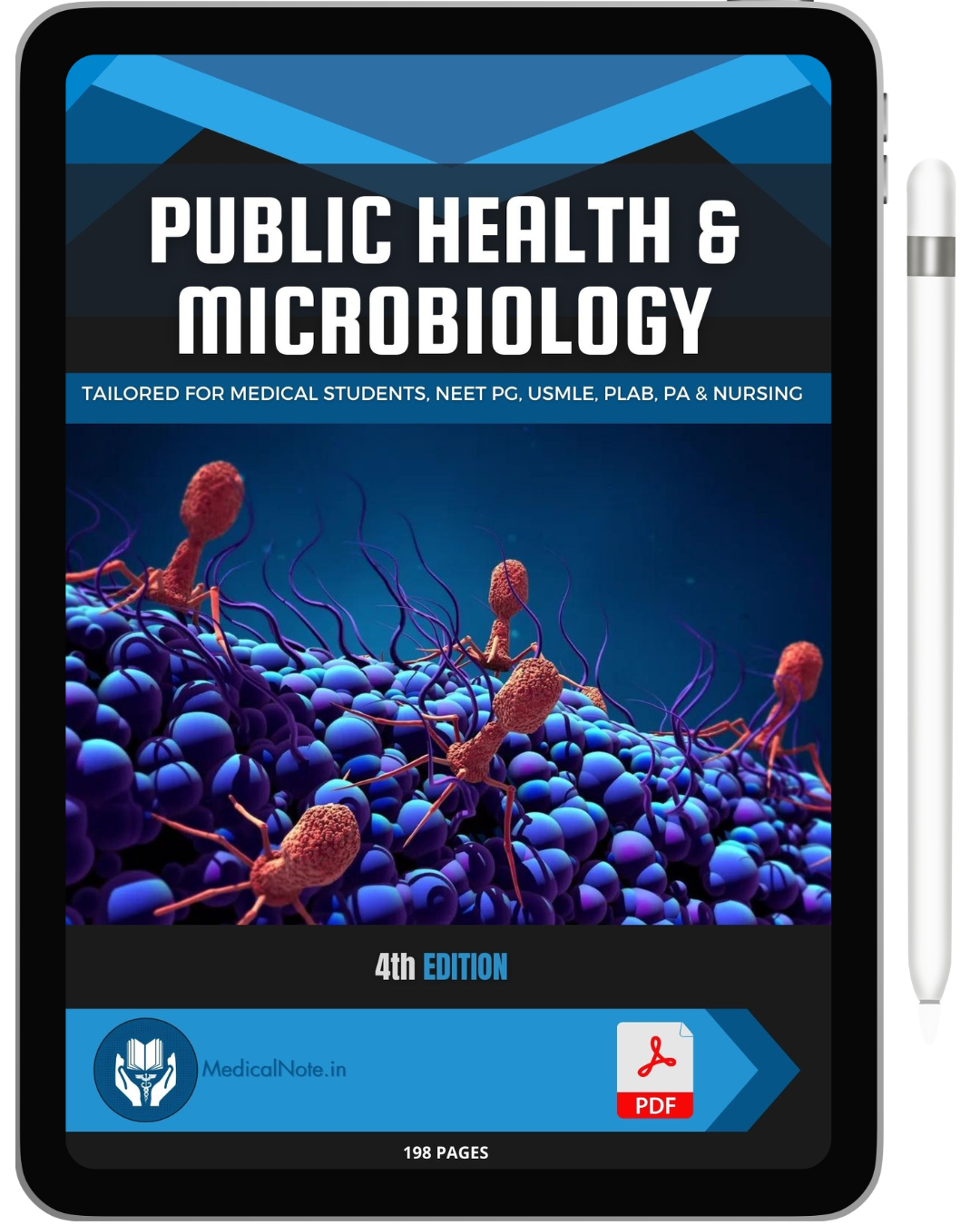Anemia is a common yet complex condition characterized by a deficiency in red blood cells or hemoglobin, leading to reduced oxygen transport in the body. It is one of the key topics in clinical hematology and a vital area of study for medical students. This post will explore the various types of anemia, their causes, symptoms, and potential treatments.
Body:
-
Types of Anemia:
- Iron Deficiency Anemia: The most common type, caused by insufficient iron, leading to reduced hemoglobin production.
- Vitamin Deficiency Anemia: Resulting from a lack of essential vitamins like B12 or folate, critical for red blood cell formation.
- Aplastic Anemia: A rare condition where the body stops producing enough new blood cells, often due to bone marrow damage.
- Hemolytic Anemia: Caused by the destruction of red blood cells faster than they can be produced.
-
Causes of Anemia:
- Nutritional Deficiencies: Poor diet lacking in iron, vitamin B12, or folate.
- Chronic Diseases: Conditions like chronic kidney disease or cancer that affect red blood cell production.
- Genetic Disorders: Sickle cell anemia or thalassemia that are inherited and affect hemoglobin structure or function.
-
Symptoms and Diagnosis:
- Fatigue, weakness, pale skin, and shortness of breath.
- Diagnosis typically involves blood tests to measure hemoglobin levels, red blood cell count, and iron levels.
-
Treatment Options:
- Dietary Supplements: Iron, vitamin B12, or folate supplements to address deficiencies.
- Medications: Drugs to stimulate red blood cell production or manage underlying conditions.
- Blood Transfusions: In severe cases, transfusions may be necessary to restore healthy red blood cell levels.
- Bone Marrow Transplants: Considered for aplastic anemia or certain genetic disorders.
Conclusion: Understanding anemia is crucial for medical students, as it forms a significant part of their clinical hematology studies. By recognizing the types, causes, and treatments, future healthcare professionals can better diagnose and manage this condition.


